Mountain Review: Schweitzer
MOUNTAIN SCORE
CATEGORY BREAKDOWN
See our criteria8
Snow:
7
Resiliency:
7
Size:
7
Terrain Diversity:
6
Challenge:
7
Lifts:
8
Crowd Flow:
6
Facilities:
7
Navigation:
6
Mountain Aesthetic:
GOOD TO KNOW
1-Day Ticket: $110-$125 USD ($146-$166 CAD)
Pass Affiliation: Ikon Pass
On-site Lodging: Yes
Aprés-ski: Moderate
Nearest Cities: Spokane (1.5 hrs), Seattle (6 hrs)
Recommended Ability Level:
+ Pros
Standout off-piste near-treeline terrain
Limited lift lines
Local feel
Value
– Cons
Frequent low-visibility conditions
Occasional rain spells
Extremely limited beginner terrain
Convoluted backside lift setup
MOUNTAIN STATS
Lifts: 10
Trails: 92
Beginner: 2%
Intermediate: 45%
Advanced/Expert: 53%
RECENT ARTICLES
Mountain Review
Nestled in the Idaho panhandle several hours northwest of the best known Rockies ski resorts, Schweitzer has long been a low-key option for a destination ski vacation. The resort’s remote location, modest size, and just general lack of name recognition mean it’s not typically the first place that comes to mind when planning a trip. However, Schweitzer offers a few tricks up its sleeve that make it a solid option, especially during peak times.
Size and Terrain Layout
With a 2,125-acre skiable footprint, Schweitzer is a decently big but not massive resort. Most guests will find a two-to-three-day trip ideal for covering the whole mountain. Schweitzer features reasonably varied slopes, including traditional, below-treeline trails, diverse glade terrain, and short bowl sections in upper mountain areas.
Schweitzer spans two resort sides: the frontside Schweitzer Bowl, and the backside Outback Bowl. This terrain setup makes Schweitzer seem deceivingly small when guests first arrive—the back side is actually 50% larger than the front, including a vertical drop that’s 740 feet (225 meters) longer than the village-to-summit rise. As a result, visitors will likely spend more time in the more remote areas of the resort than at many competing mountains.
Schweitzer may look smaller than expected when you first arrive, but the resort’s out-of-view back side is 50% larger than the front.
Beginner Terrain
Schweitzer is not an ideal mountain for beginners. The resort’s easier terrain footprint is nearly nonexistent, with only two green trails relegated to a slope below the village served by a single lift. Some of the blue trails off Schweitzer’s Basin lift are plausibly mellow enough to qualify as beginner progression runs, but without a guide, it’s hard to distinguish between the easier and harder ones.
TRAIL MAP
Intermediate Terrain
Schweitzer’s on-mountain experience becomes much more enjoyable once guests reach intermediate proficiency. The resort offers a range of modestly-pitched, groomed cruisers across every mountain area, as well as a handful of very cool intermediate-level glade runs. Many of Schweitzer’s blues span scenic ridges, offering fantastic views of the resort’s surroundings when conditions are clear.
Schweitzer offers a range of enjoyable intermediate cruisers in every mountain area.
Advanced Terrain
Schweitzer’s terrain especially starts to stand out at the advanced level. In addition to typical steep runs, the resort’s black-diamond footprint comprises steep glades, making for killer off-piste terrain with tons of unique paths. Schweitzer also features a few brief advanced-level bowl areas at the top of the resort, giving guests the opportunity to experience uniquely varied terrain across top-to-bottom runs. Most of Schweitzer’s black trails are ungroomed and accumulate notable bumps, but a sizable minority do receive regular grooming.
Schweitzer’s best lappable advanced runs can be found off the Great Escape and Lakeview lifts on the front side, as well as the Stella lift on the back side. However, Schweitzer’s blacks aren’t the longest out there, and those looking for endurance runs may find better choices elsewhere.
RECOMMENDED SKIS FOR SCHWEITZER
NOTE: We may receive a small affiliate commission if you click on the below links. All products listed below are unisex.
Recommended intermediate ski
Recommended advanced ski
Recommended glade ski
Recommended powder ski
Expert Terrain
Schweitzer isn’t the gnarliest mountain in North America, but it does feature some seriously difficult expert terrain. The vast majority of Schweitzer’s double-blacks are short, consequentially pitched chutes that live at the top of the back side. Schweitzer’s marquee expert trails are its Lakeside Chutes—these exposed bowl runs include rock bands and tight lines with very little room for error, and they’re especially difficult (and arguably near-impossible to do) in the event of low-visibility conditions. Outside of Lakeside, Schweitzer offers a handful of tight, expert-level glade trails at both the northern and southern edges of the resort.
The tight, expert-level glades off the North Ridge trail are Schweitzer’s most technical runs.
Terrain Parks
While it isn’t exactly designed to attract world-class freestyle professionals, Schweitzer offers four terrain parks with a variety of features ranging from extra-small to large. The overwhelming majority of features live off the Basin Express lift, including the medium/large Stomping Grounds Terrain Park, the progression-oriented Southside Park, and the beginner-centric, jump-oriented Terrain Garden. For first-timers, there are also some very small rollers in the Musical Chairs learning area.
Snow Quality
As a Rockies-located resort, Schweitzer faces a high bar when it comes to snow quality. And the resort boasts the fundamentals when it comes to accumulation, offering strong, reliable totals each winter. That said, Schweitzer doesn’t see quite the same snowfall levels as the destinations in Colorado and Utah, and the resort’s lower altitude contributes to wetter, heavier consistencies somewhat reminiscent of the Pacific Northwest.
Schweitzer enjoys high-quality snow each winter, although accumulation tends to be a bit wetter than mountains further inland.
On-Mountain Reliability
Schweitzer is generally strong when it comes to terrain reliability, and the resort often opens its full footprint by early January—faster than many Rockies competitors. However, the resort sees occasional warm weather patterns, especially in the first half of the season, that can cause rain and wreak havoc on conditions. These warm spells are much rarer between late January and early March, but they’re always a risk. Schweitzer can also get really windy at the top, but its lifts are generally well-protected and don’t face serious wind hold risks.
Fog Conditions
One factor that causes significant impacts to the Schweitzer experience is fog. The resort sits adjacent to a massive lake, and the region’s weather patterns mean the resort often gets socked in by low-hanging clouds during the core winter season. And don’t bet on the resort staying visible throughout the whole day even if it’s clear when you get there—the resort faces some of the most rapidly changing visibility conditions of any mountain we’ve ever visited, and it can go from clear to foggy, and vice versa, in a matter of minutes. Looking to escape from one terrain zone to another to do a clearer run? Chances are by the time you ride the lift to the top, the trail you wanted to do will be just as socked in.
Schweitzer is highly susceptible to rolling fog, and clear-visibility trails can fall victim to whiteout conditions in only a matter of minutes.
Lifts
Schweitzer offers a generally modern lift setup that has seen several investments in recent years. The resort boasts five high-speed lifts that serve key terrain pods. A handful of lifts, chiefly those serving advanced and expert slopes, are still on the slower side.
While it could easily be viewed as just a beginner lift, the new Creekside Express brings a number of notable benefits that all Schweitzer guests should appreciate. In addition to bringing high-speed lift service to Schweitzer’s only two beginner trails, the new lift is also the catchment for guests arriving from the resort’s slopeside parking lot, meaning that the capacity upgrade from a double to a quad really helps reduce lines at the beginning of the day. In addition, the new lift has been extended down in a lower alignment than the old Musical Chairs double, with a provision for a new, much bigger parking lot that’s set to open next year. The skier bridge down to the Creekside lift is a bit narrower than it could be, but overall, this upgrade makes for a much more inviting beginner setup and makes the arrival experience less of a hassle.
A few seasons ago, Schweitzer completely revamped its backside lift setup, replacing its Snow Ghost Double with two chairs: the Cedar Park Express, which follows the same bottom two-thirds of the old alignment, and the Colburn Triple, which serves the upper slopes of the back side under a completely new lift line. The new setup does have some tangible benefits, providing dedicated pods for intermediate and advanced/expert trails, respectively (with Cedar Park providing the former, and Colburn providing the latter). The realigned Colburn lift also makes the Lakeside Chutes much more easily lappable, offering a much-improved expert experience in this regard.
The Colburn Triple (pictured) and Cedar Park Express (in the distance) provide an indirect path up Schweitzer’s Outback Bowl back side.
But with the updated lift setup, getting from the bottom to the top of the back side is not easy. Cedar Park starts too high and ends too low to provide continuous lift service to this zone, meaning that those who end up at the bottom of Outback Bowl will first need to take the Stella lift to ride Cedar Park—and those who want to get to the summit will need to take Colburn as well. Guests can technically get to the new Colburn lift from the top of Stella, but given the slow speed of this triple chair, it’s often faster to return to the front side to ride up to the top of the resort—even with the added traversing time. Unfortunately, this makes it really impractical to do top-to-bottom laps on Schweitzer’s longest continuous vertical terrain, and results in certain runs being underutilized.
Thankfully, the frontside lift setup is much more direct, really only mandating one lift—the Great Escape Quad—to get from bottom to top.
RECOMMENDED SNOWBOARDS FOR SCHWEITZER
NOTE: We may receive a small affiliate commission if you click on the below links. All products listed below are unisex.
Recommended intermediate board
Recommended advanced board
Recommended expert board
Recommended powder board
Crowds
Guests will rarely find themselves waiting in significant lines at Schweitzer. Even on peak holidays, the resort’s waits remain quite reasonable, topping out at 5 or 10 minutes at the Stella, Great Escape, and Basin lifts—and rarely reaching those levels anywhere else. Only the Musical Chairs lift, which is on its way out, sees more crowds than it can practically handle. Nearly every other destination resort is significantly worse in this regard.
This was the longest lift line we waited in on our MLK weekend at Schweitzer.
Navigation
Schweitzer does have a few navigational quirks, but overall, it’s a reasonably easy mountain to get around. The back side is a bit trickier to get around than the front due to its lift setup, but clear signage, especially to get back to the singular base village, makes it difficult to truly get lost. A few trails involve brief flat sections, but helpful mountain guides at key junctions are there to help visitors make their way around.
Facilities
If you want to escape the fickle weather conditions, Schweitzer boasts a series of on-mountain facilities to stop in for a break. The resort’s base lodge features a large, extensive cafeteria, while three mid- and upper-mountain lodges allow guests to go in without going all the way back to the base. The summit Sky House especially stands out when it’s clear, providing an upscale ambience and panoramic views of the surrounding areas. However, all of the non-base lodges tend to be short on seating during peak lunch hours, so be sure to plan accordingly.
Schweitzer provides a series of on-mountain facilities for guests to stop in, but the lodges outside the base offer limited seating capacity.
Twilight Skiing
It’s worth noting that Schweitzer offers twilight skiing on select Fridays and Saturdays during the core winter season. Operations only last until 7pm and span just the lower-mountain Basin and Musical Chairs lifts, but the extra hours are nice to have if you want to get some additional laps in after the slopes close—and you don’t mind sticking to greens, easier blues, and the terrain park.
Twilight skiing is available in Schweitzer’s terrain parks, among other lower-mountain areas.
Getting There
Schweitzer sits in a fairly remote Inland Northwest location, but it’s still decently accessible compared to some competitors. Schweitzer’s closest major airport is the Spokane International Airport, which is about an hour and a half away. There are a handful of shuttle services from the airport to the resort, but they’re on the expensive side—and for non-solo travelers, it’s often cheaper to rent a car.
The resort is within driving distance of many Pacific Northwest cities, including Seattle, which is six hours away, and Portland, which is about seven-and-a-half hours away. Surprisingly, Boise is further away from Schweitzer than both aforementioned cities—it takes an eight-and-a-half hour jaunt required to get there from Idaho’s largest city.
Schweitzer’s lift-adjacent parking lots fill up quickly, but the resort is building more capacity for the 2023-24 season.
Parking
Historically, Schweitzer’s parking availability has been somewhat of a shortcoming. The resort’s current lift-adjacent lots are small, even for Schweitzer’s modest visitation, and getting there after 9am has typically meant using the overflow lots and taking a shuttle to the resort. However, Schweitzer is expanding its on-mountain parking capacity as part of a new base area for the 2023-24 season, which should alleviate this issue at least somewhat.
Lodging
Schweitzer offers a range of upscale on-site lodging options, and the resort has expanded its offerings as part of base area renovations in recent years. Guests can choose between the upscale Selkirk Lodge, the more luxurious White Pine Lodge, and the brand-new, high-class Humbird hotel, which opened in 2022—all of these accommodations offer ski-in/ski-out access and amenities such as pools and hot tubs. There are also a range of condos on the mountain, either slopeside or within reasonable walking distance to the slopes.
For those looking for better bang for their buck on lodging, the town of Sandpoint is about half-an-hour away. Both Spokane and Coeur d’Alene offer economical accommodations, but they’re over an hour away from Schweitzer.
Hotels such as the Selkirk Lodge offer ski-in/ski-out flexibility to Schweitzer’s slopes.
Aprés-ski
Schweitzer isn’t the rowdiest mountain out there, but the resort features a solid aprés vibe in its base village after the slopes close. A range of on-site bars and restaurants offer great happy hour deals and occasional live music, although these tend to die down around dinner time. For later happenings, visitors should check out the nearby town of Sandpoint; while it’s not the most lively town out there, there’s a bit more going on than in Schweitzer’s village.
Schweitzer’s lift ticket rates are fairly reasonable for a destination ski resort, even at the window.
Verdict
Schweitzer isn’t quite large, diverse, or consistently clear enough to beat out the best Rockies destinations on mountain experience alone. But the resort’s limited lift lines, local feel, and well-rounded advanced-intermediate footprint will make Schweitzer a standout option for the right visitors. Ultimately, Schweitzer is probably best for those living in Pacific Northwest cities who don’t mind a bit of a drive to avoid the lines at the closer resorts.
Pricing
Schweitzer’s lift ticket prices have historically been reasonable compared to other destinations, topping out around $125, even on holidays at the window. If you’re flexible on your vacation dates, this may make it financially feasible to plan against cloudy or rainy days and purchase your tickets close to the date of your arrival. However, it remains to be seen whether the resort’s new owner, Alterra, will retain this pricing structure.





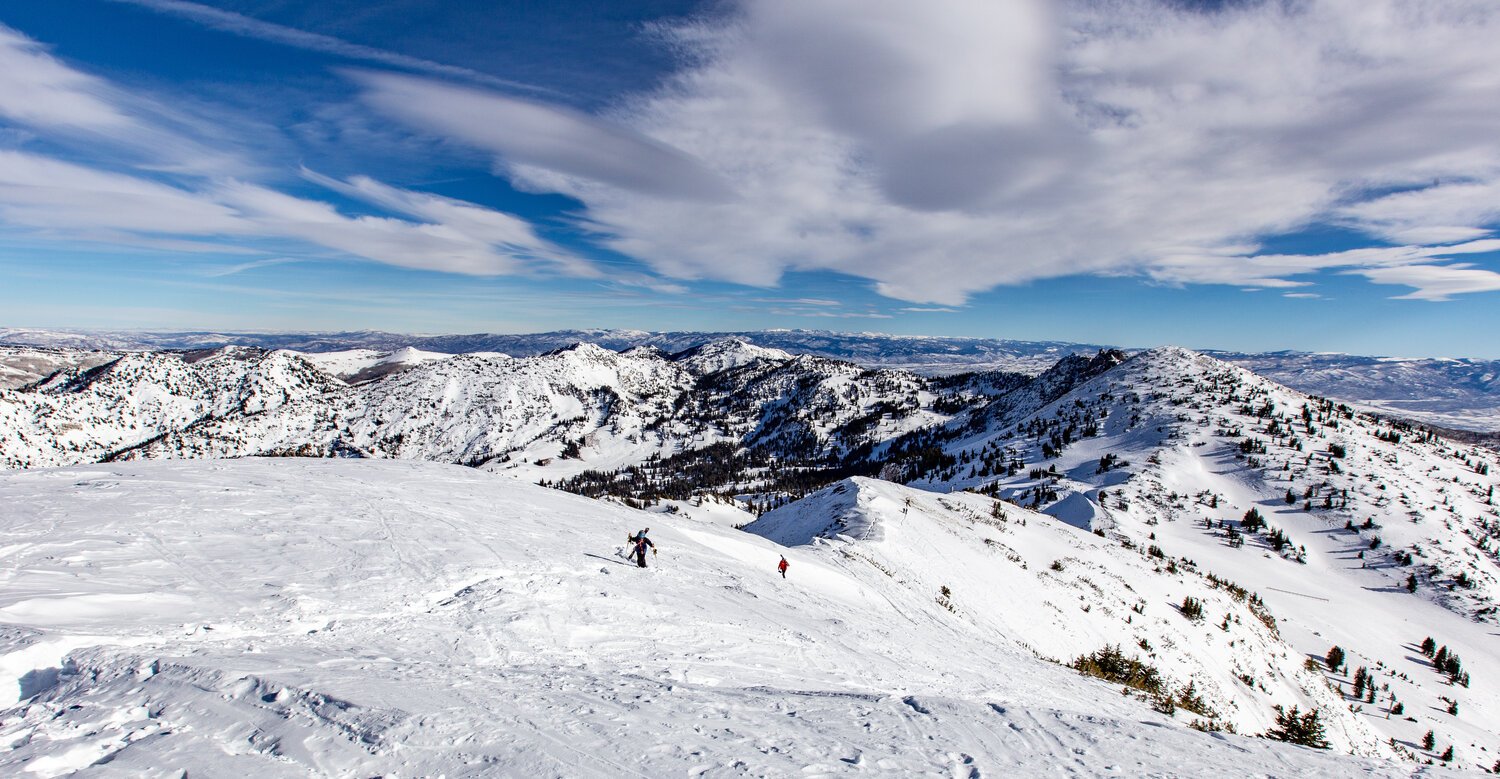
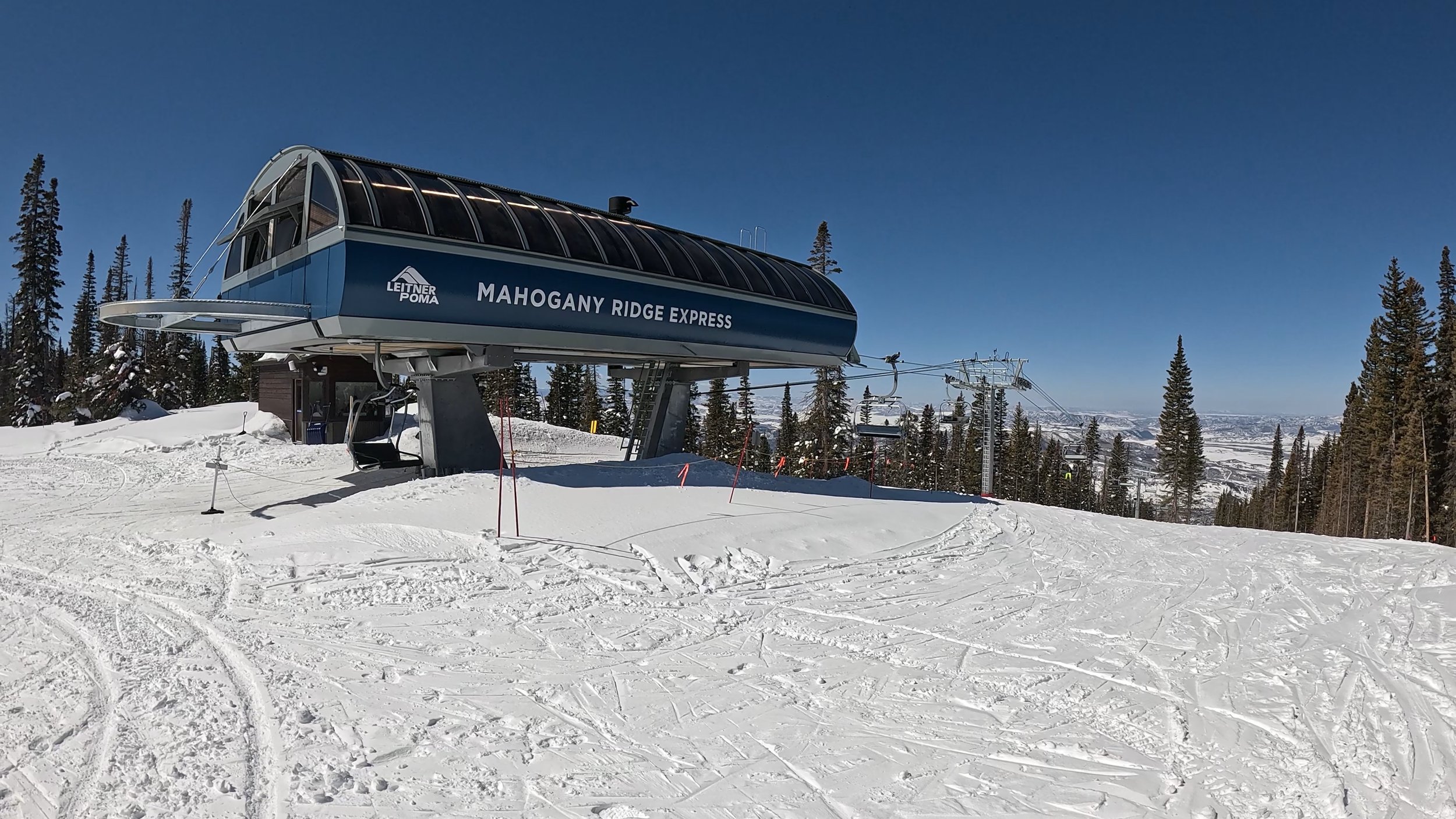
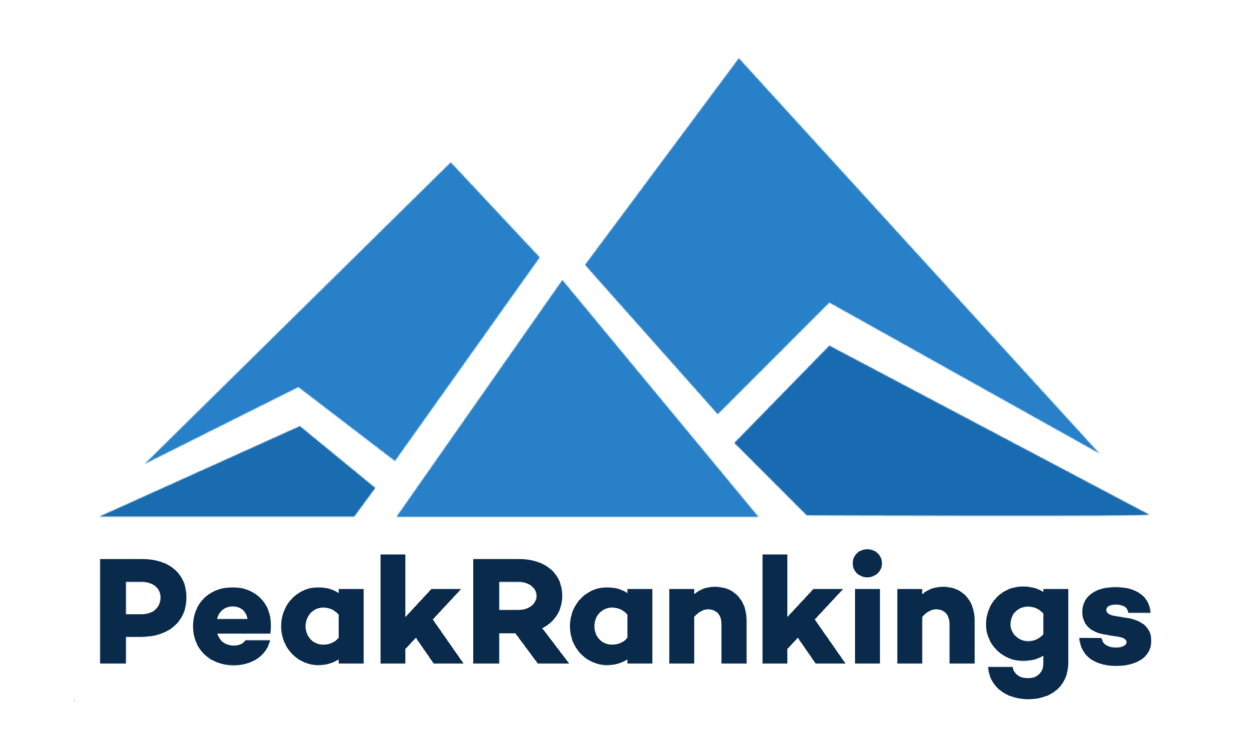
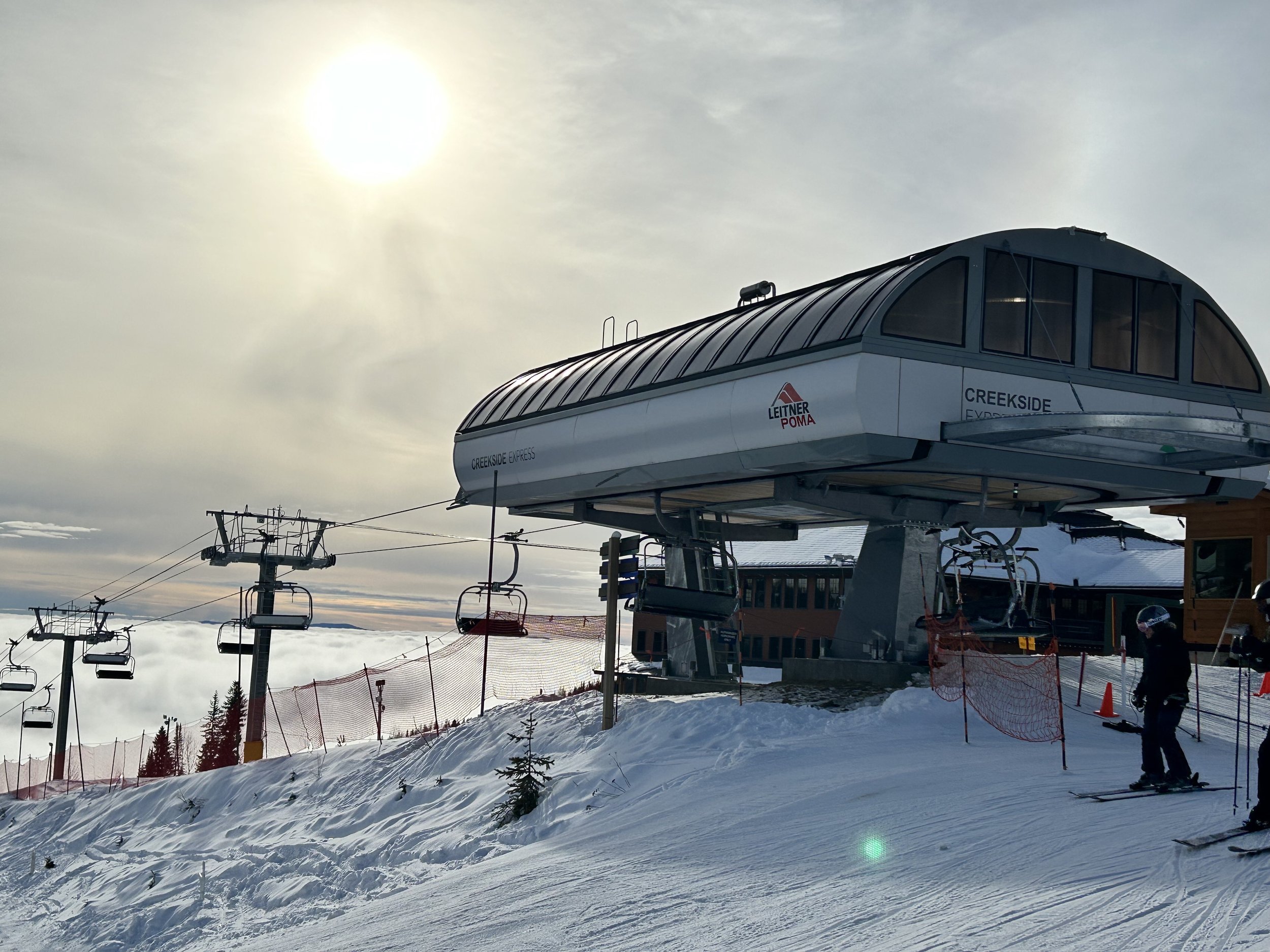
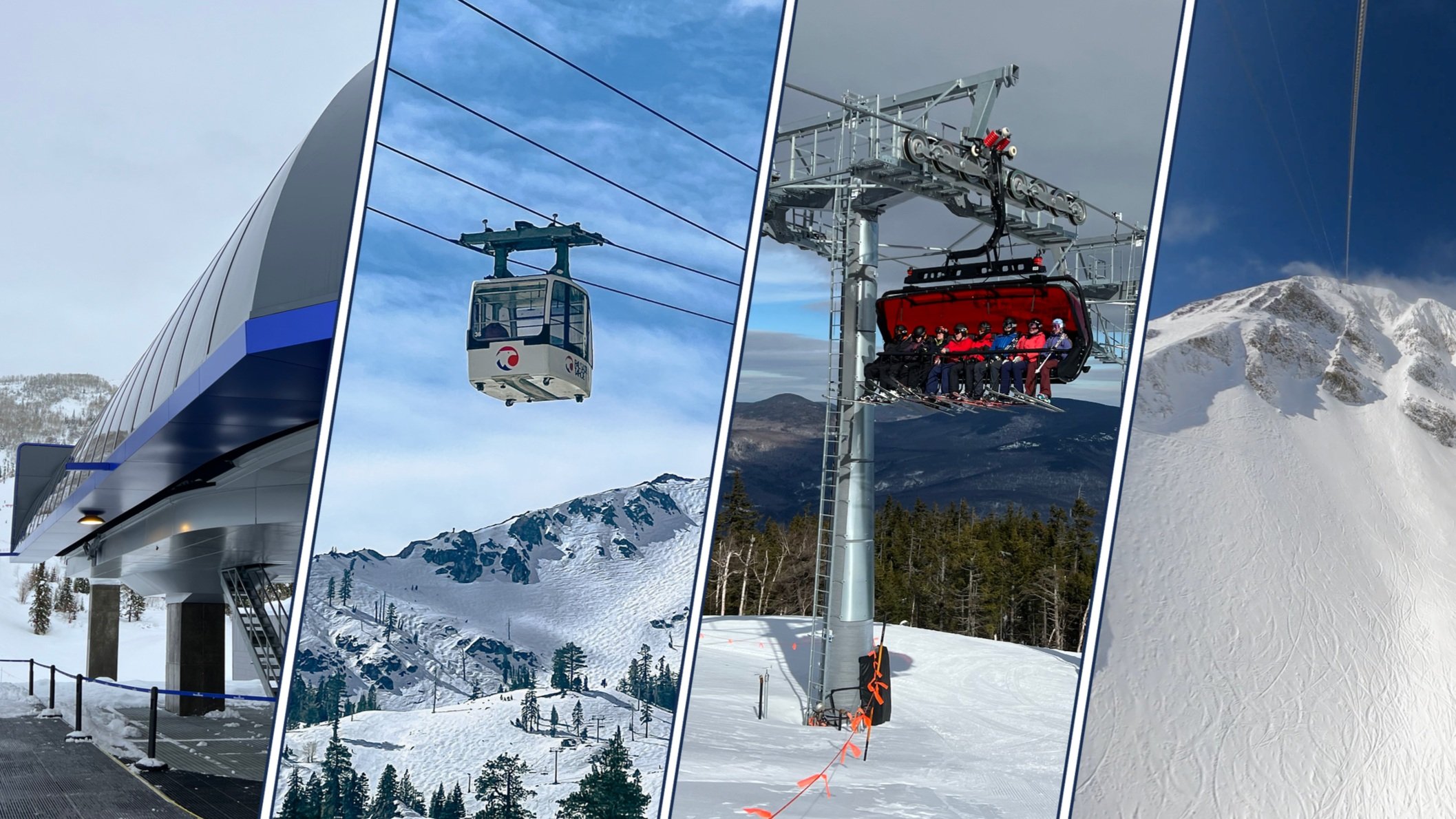
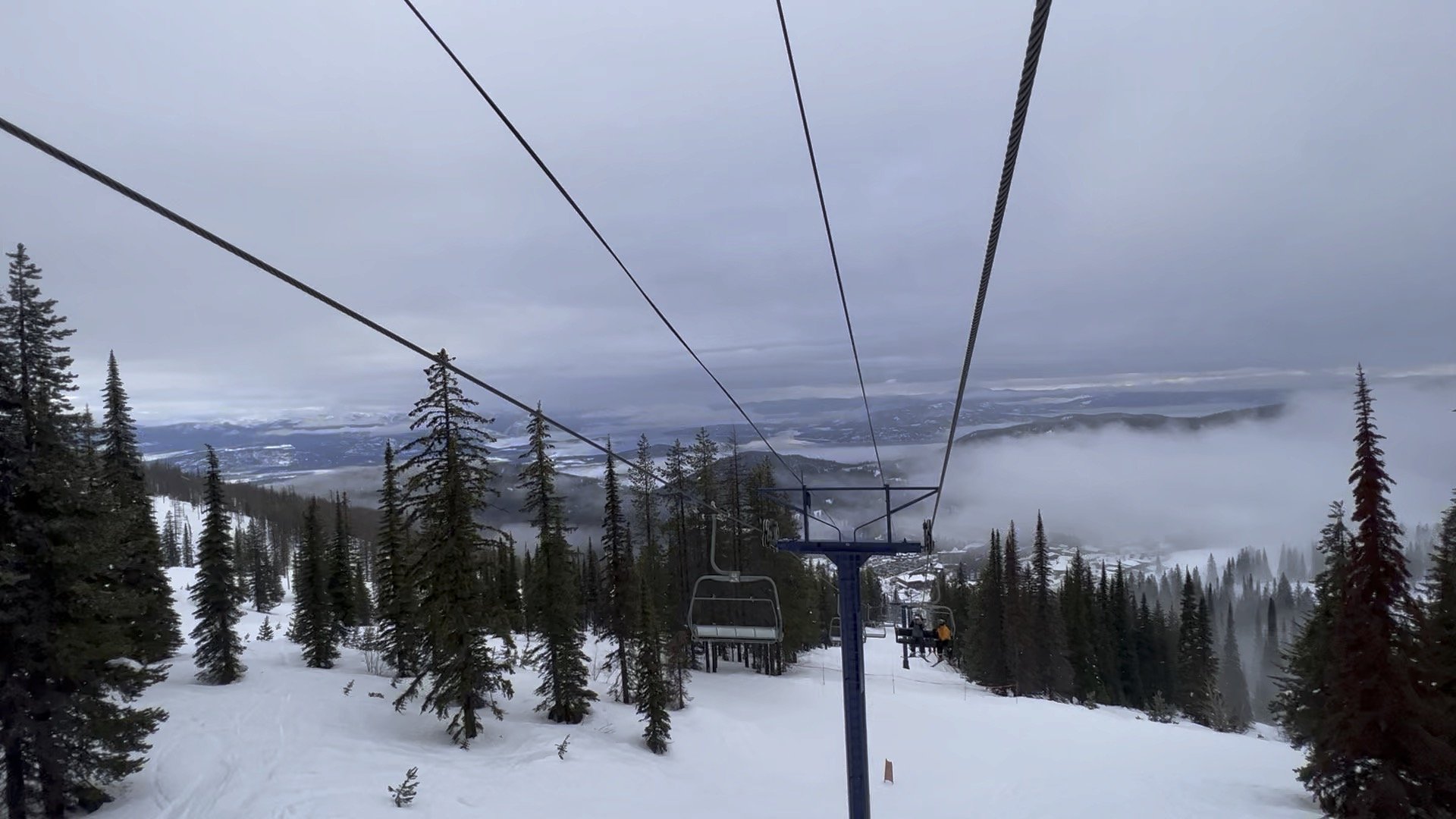
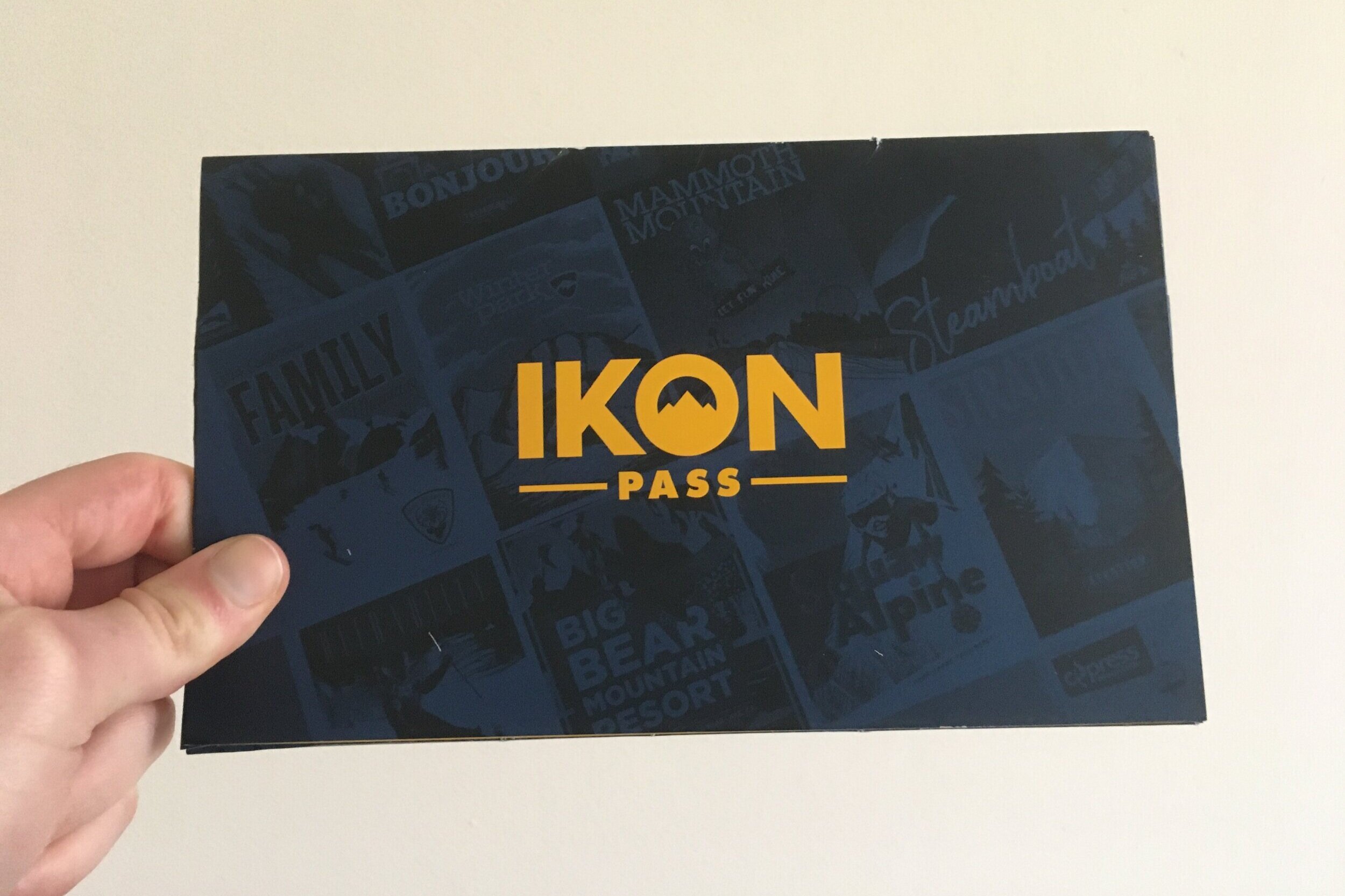
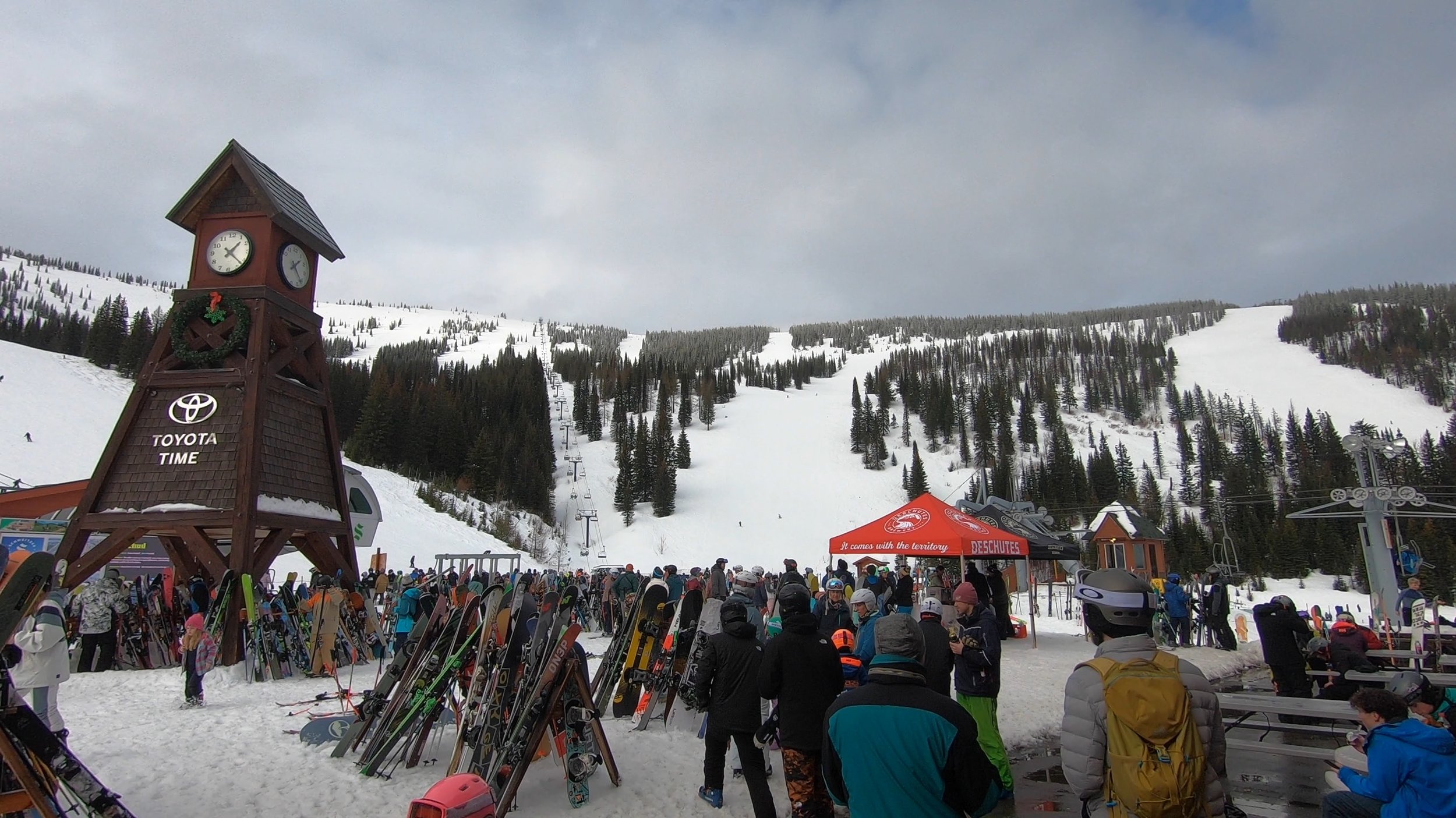






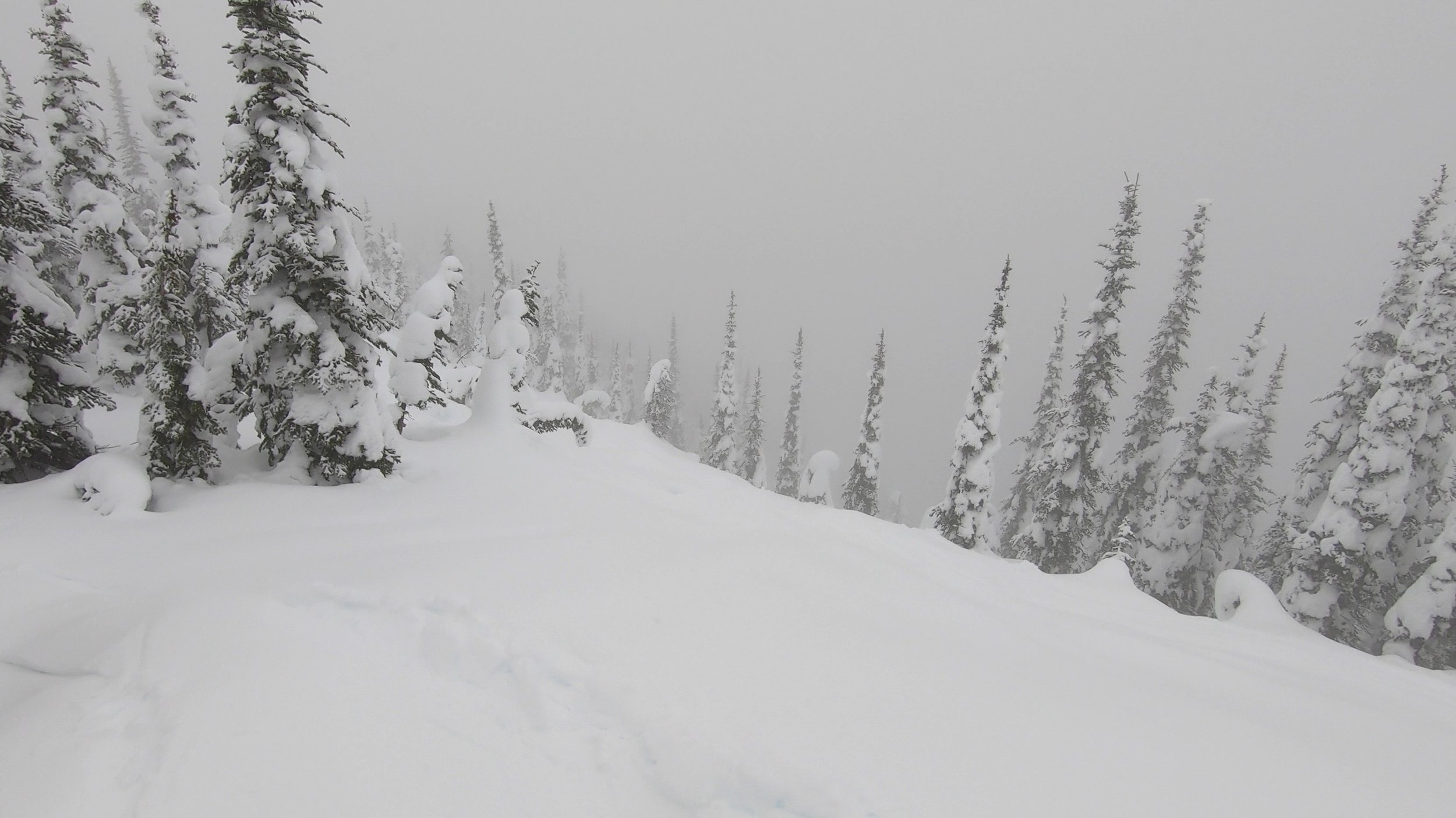

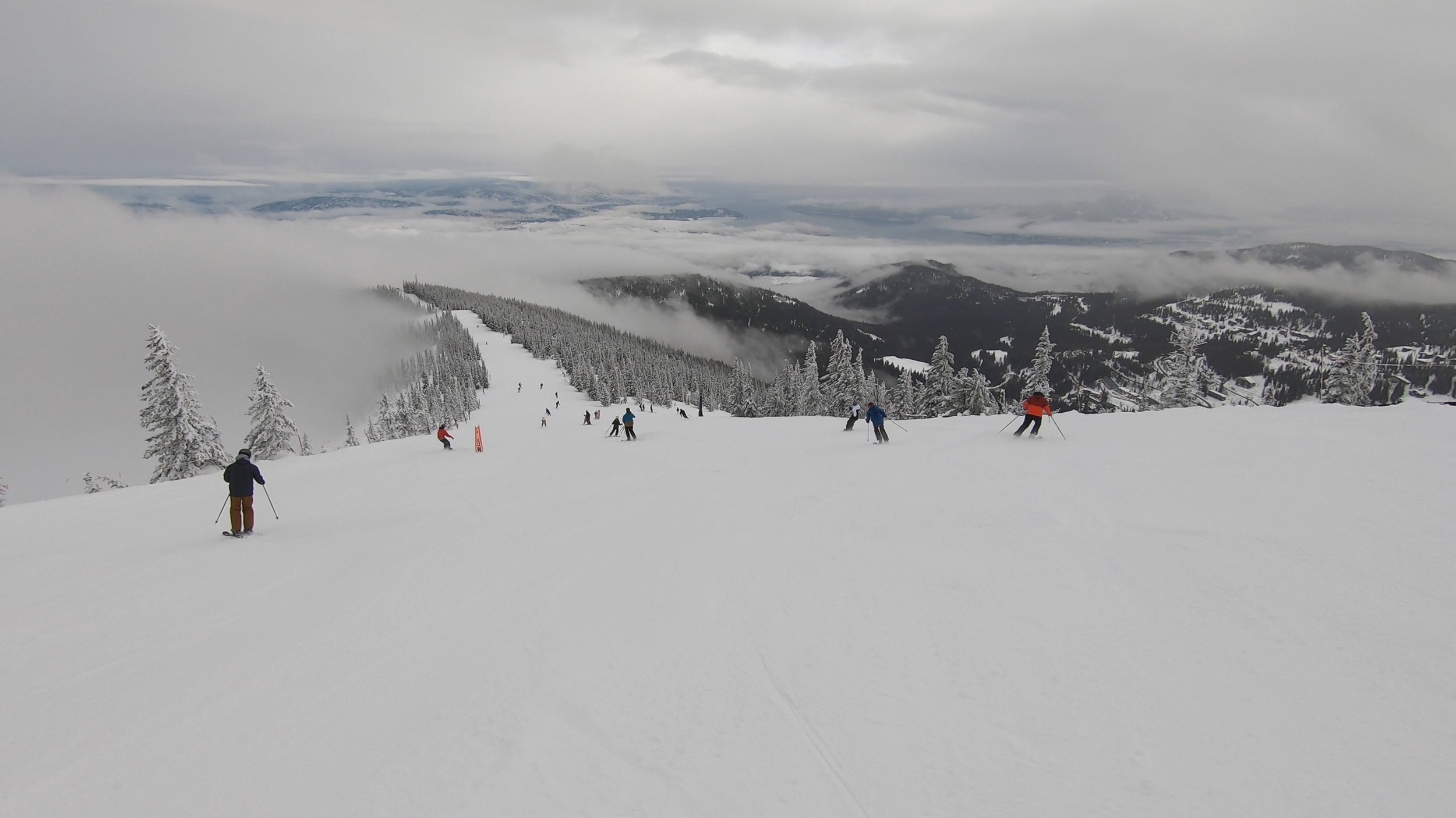







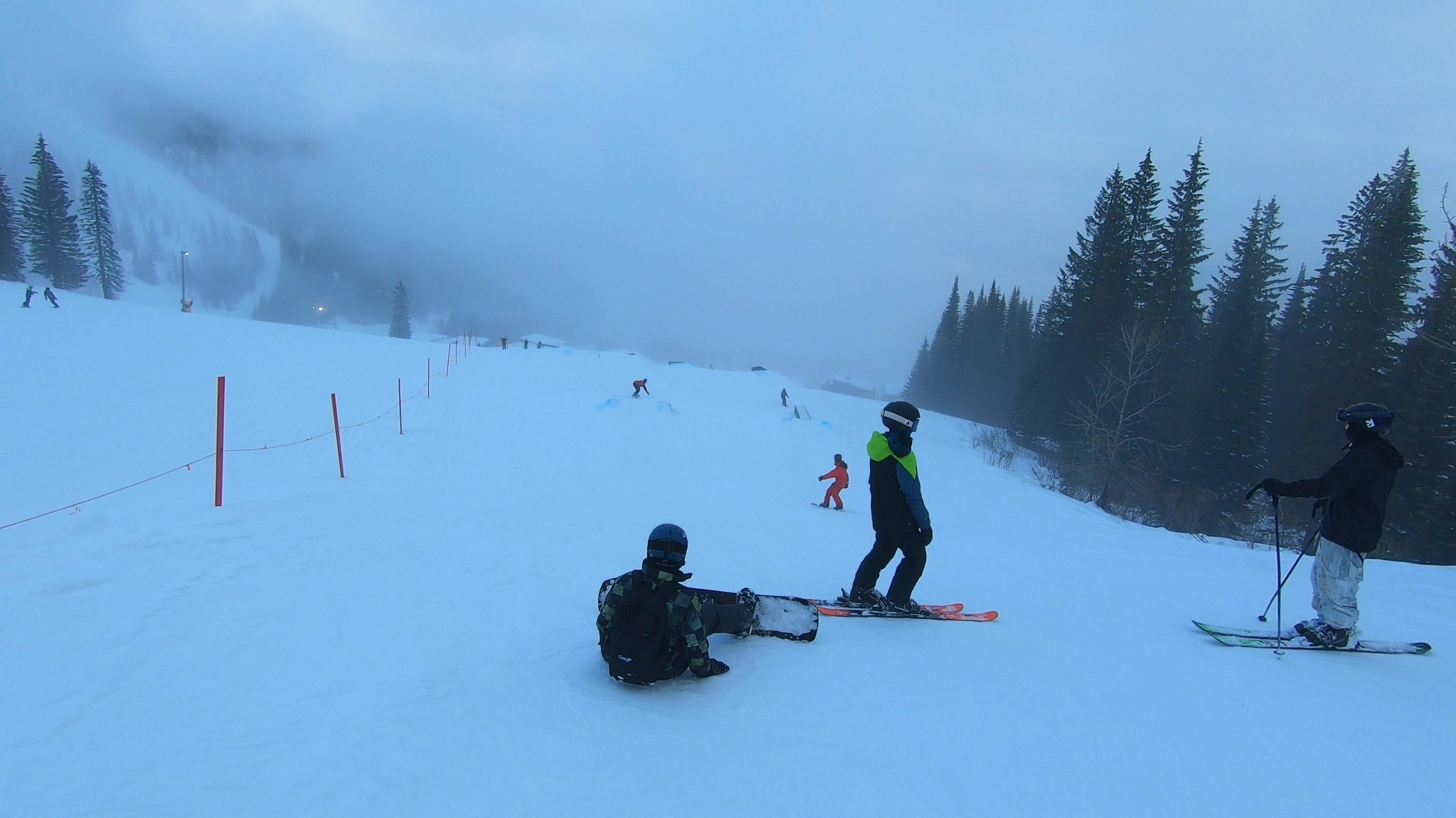
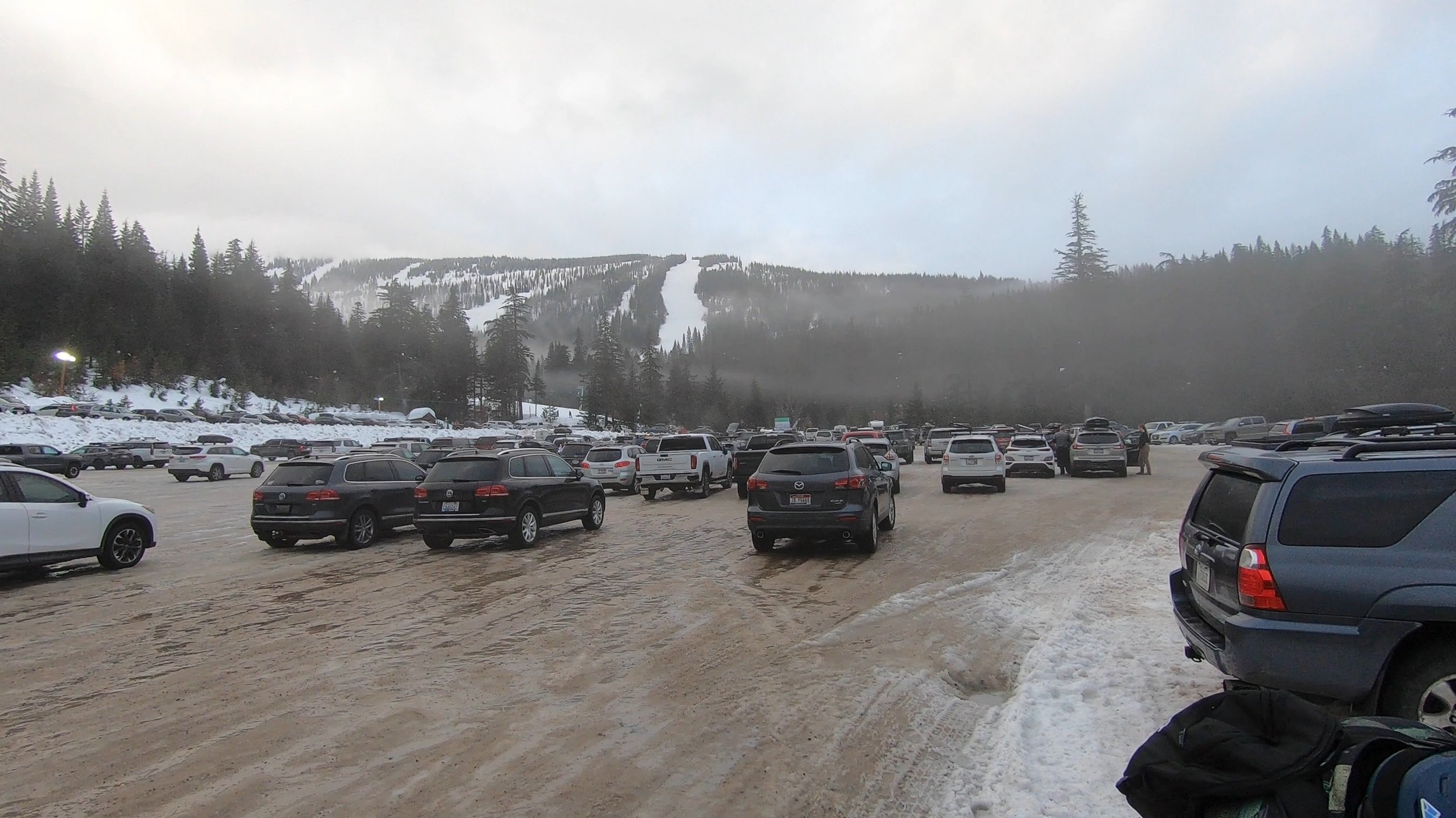
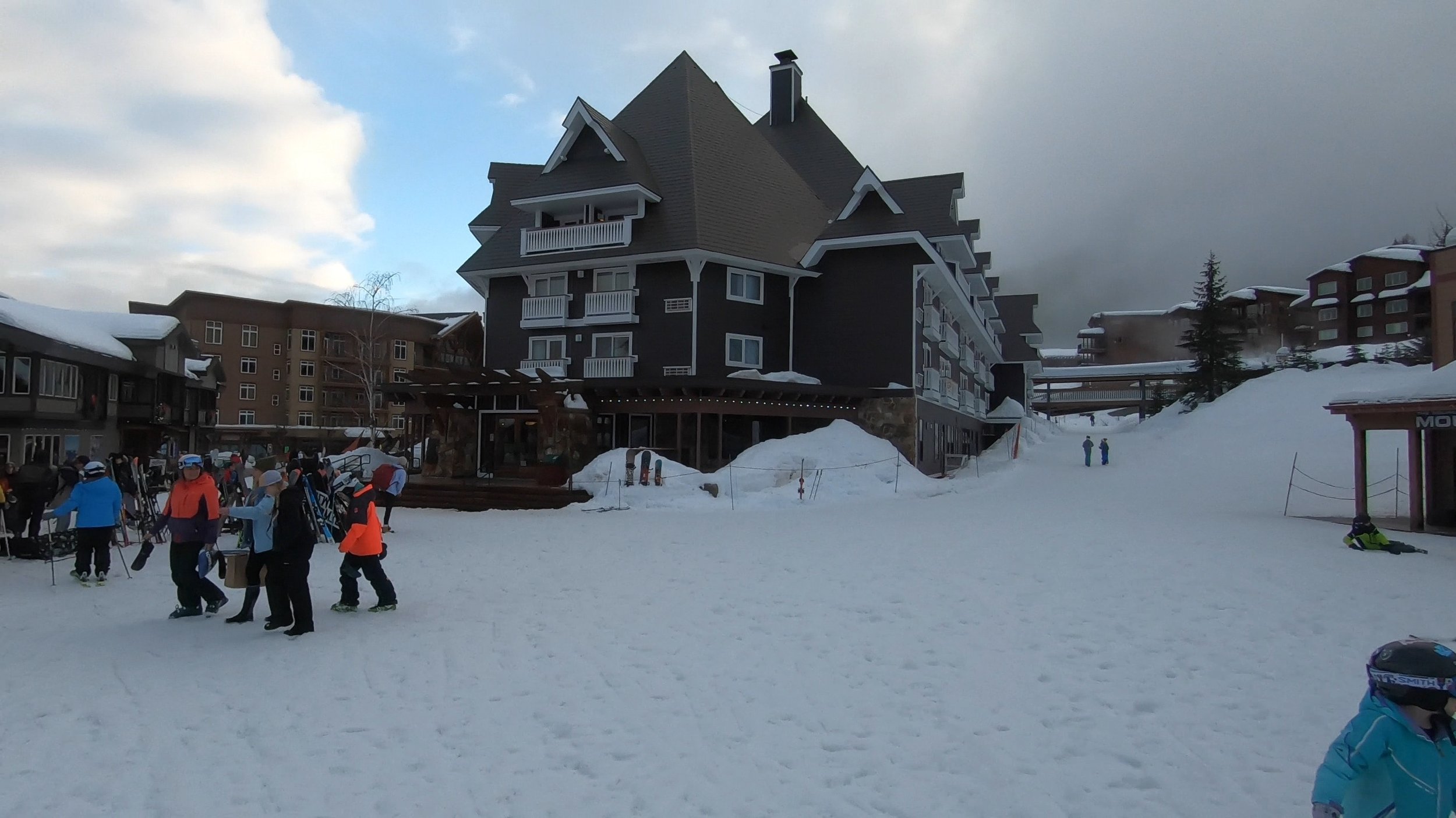

If you plan on visiting certain resorts on the Ikon or Mountain Collective Passes, now is your last time to secure access at a remotely reasonable rate.